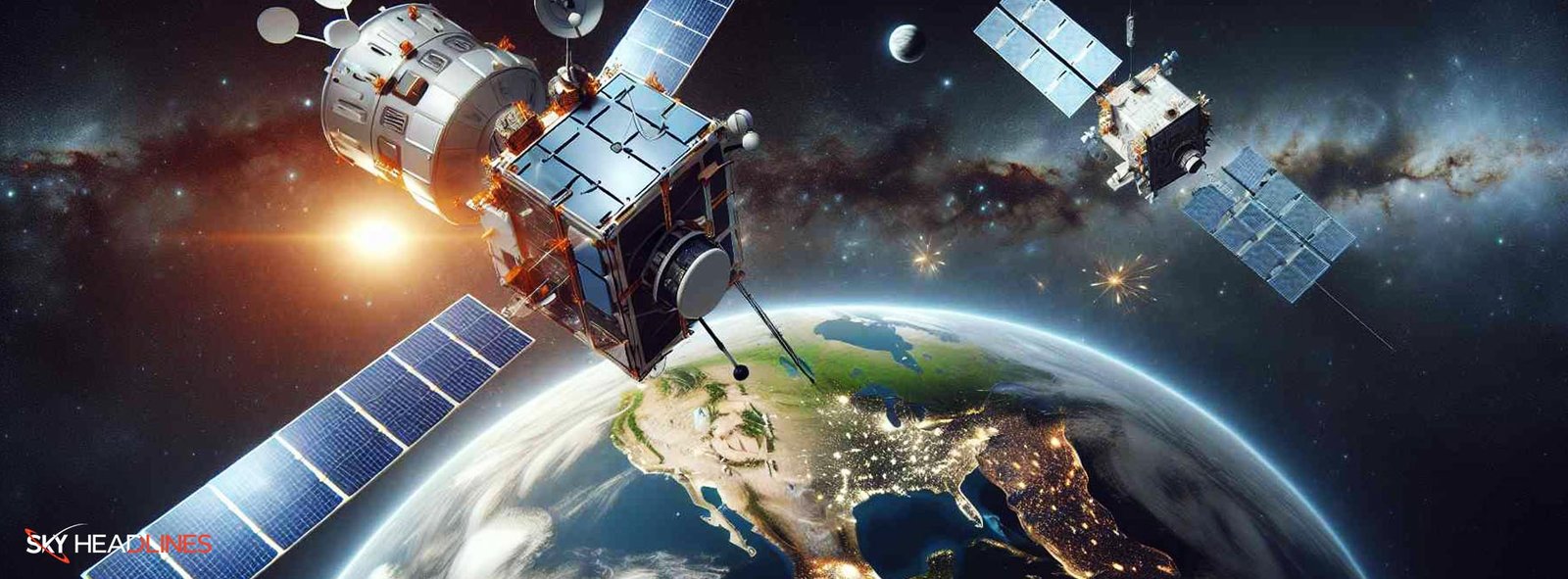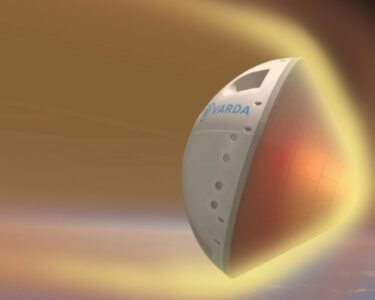Both COWVR and TEMPEST show that smaller, less expensive scientific instruments can contribute significantly to weather forecasting. NASA creates a pair of weather instruments. The purpose of the instruments was to evaluate the possibility of using small and affordable weather sensors to replace some of the larger, more expensive satellites. During their test phases, both devices perform very well. They are currently providing accurate forecasts for the most destructive storms and tropical cyclones.
Mission to record wind speed and direction!
In late 2021, the Compact Ocean Wind Vector Radiometer (COWVR) and the Temporal Experiment for Storms and Tropical Systems (TEMPEST) were sent to the International Space Station. The purpose is to record wind speed and direction at the ocean’s surface and atmospheric water vapor. The United States Space Force supported the development of both weather sensors through the Space Test Program-Houston 8 (STP-H8), a three-year demonstration mission. The TEMPEST spacecraft was originally constructed by NASA as a flight spare for a different mission but was later converted by Space Force for use in STP-H8.
The U.S. Joint Typhoon Warning Center uses the imagery from the data. The imagery helps in tracking the intensity and location of typhoons and cyclones in the Indian and Pacific oceans. Moreover, the images taken by the COWVR and TEMPEST play a significant role in the forecast of an intense typhoon in Pearl Harbor, Hawaii. This helped to locate the main region of Tropical Cyclone Mandous, which roiled the Bay of Bengal off southern India in December 2022.
Naval Research Laboratory!
The Naval Research Laboratory (NRL) is located in Monterey, California. NRL has been collaborating with NASA to calibrate and validate the COWVR and TEMPEST data. For several months, the NRL has been providing images based on this data to the center. The director of the institute, Brian Strahl, says that storm forecasters have been using these images from weather sensors to test how they influence predictions. The NRL images are also being compared to other sources of data.
The center has the responsibility to monitor tropical cyclones. The monitoring area covers the region between the east coast of Africa and the west coast of the Americas. To effectively perform this task, the center requires accurate and regularly updated data. This data includes information about the storm’s structure, position, wind speed, and humidity.
Brian Strahl explains: “It’s challenging outside of the continental U.S. – where you don’t have weather aircraft routinely flying – to give a really good ground truth of where these storms are, so we’re reliant on satellites,”. Moreover said. “Any new additions of good quality data, which we believe these are, can be very useful.”
Features – Low-cost and small in size!
COWVR and TEMPEST are capable of measuring microwave emissions from Earth’s surface and atmosphere. The information obtained from these scans is more comprehensive than what can be obtained from infrared or visible light. This allows forecasters to see inside a tropical cyclone and locate its eye, even if clouds hide it.
Prior to the mission’s launch, the U.S. Department of Defense (DoD) began considering the development of the next generation of weather sensors. These sensors would replace instruments such as WindSat, a DoD weather radiometer that is scheduled for decommissioning in 2020.
The Jason Series!
NASA’s Jason series of ocean-observing satellites inspired the incorporation of technology and concepts created at the Jet Propulsion Laboratory into COWVR. Jason’s measurements of sea level had to be adjusted by scientists for the effects of humidity in the air. COWVR centers on water vapor and its motion.
Spinning dishes allow larger weather sensors to cover a wider area than would be possible with a stationary sensor. COWVR is similar to other instruments in that it uses a rotating dish, but JPL engineers were able to streamline the instrument’s design to reduce its energy consumption without sacrificing its capabilities.
The appliance is about the size of a standard mini-fridge and draws about as much power (47 watts) to operate as one. In contrast, WindSat required 350 watts of power and weighed 990 pounds (450 kilograms). Compared to WindSat’s budget of $80 million, COWVR’s design and construction cost a mere $24 million.
The TEMPEST spacecraft was a spare from the 2018 NASA TEMPEST-D mission. It is about the size of a cereal box, with a budget of less than $2 million, weighs around 8 pounds (4 kilograms), and requires about 6.5 watts of power. Researchers from Colorado State University, NASA’s Jet Propulsion Laboratory, and Blue Canyon Technologies collaborated on a CubeSat demonstration called TEMPEST-D.
Shannon Brown is the Principal investigator for COWVR at JPL. He explained: “NASA developed these instruments to be compact and simple, without many moving parts, and using technology that has matured over the decades,” Moreover, he said: “We are now seeing that instruments like that can perform as well as the more expensive operational sensors.”
NASA is actively considering incorporating information that COWVR and TEMPEST gather, along with other similar small satellites, into its weather survey, in addition to data from STP-H8.
What comes next?
The U.S. National Hurricane Center receives the information from COWVR and TEMPEST, where forecasters have begun analyzing the data. The images obtained from COWVR are helpful. However, the Joint Typhoon Warning Center wants to investigate further. They want to determine if the wind speed and direction data from COWVR can improve the accuracy of tropical cyclone predictions.The U.S. Navy’s global numerical weather models rely on data from both COWVR and TEMPEST. Hence, the Naval Research Laboratory continuously analyzes the raw data collected by these two programs.
NRL’s lead for calibration and validation of data Steve Swadley from spaceborne microwave weather sensors says: “These are critical behind-the-scenes efforts that enable us to feel confident using measurements from these new instruments,”. Moreover, he said: “So far, it looks good, so that’s exciting.”





